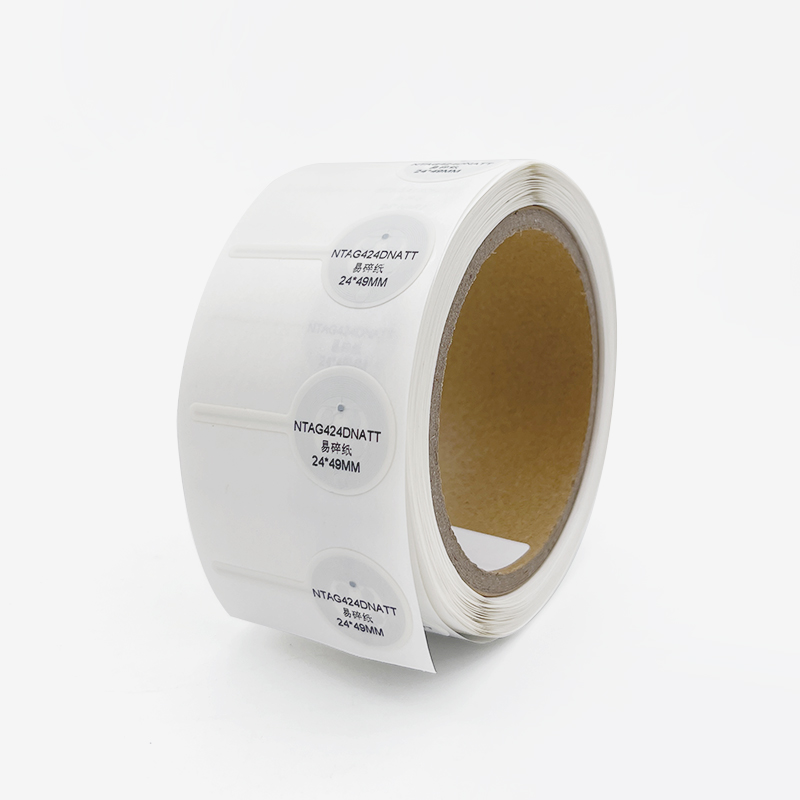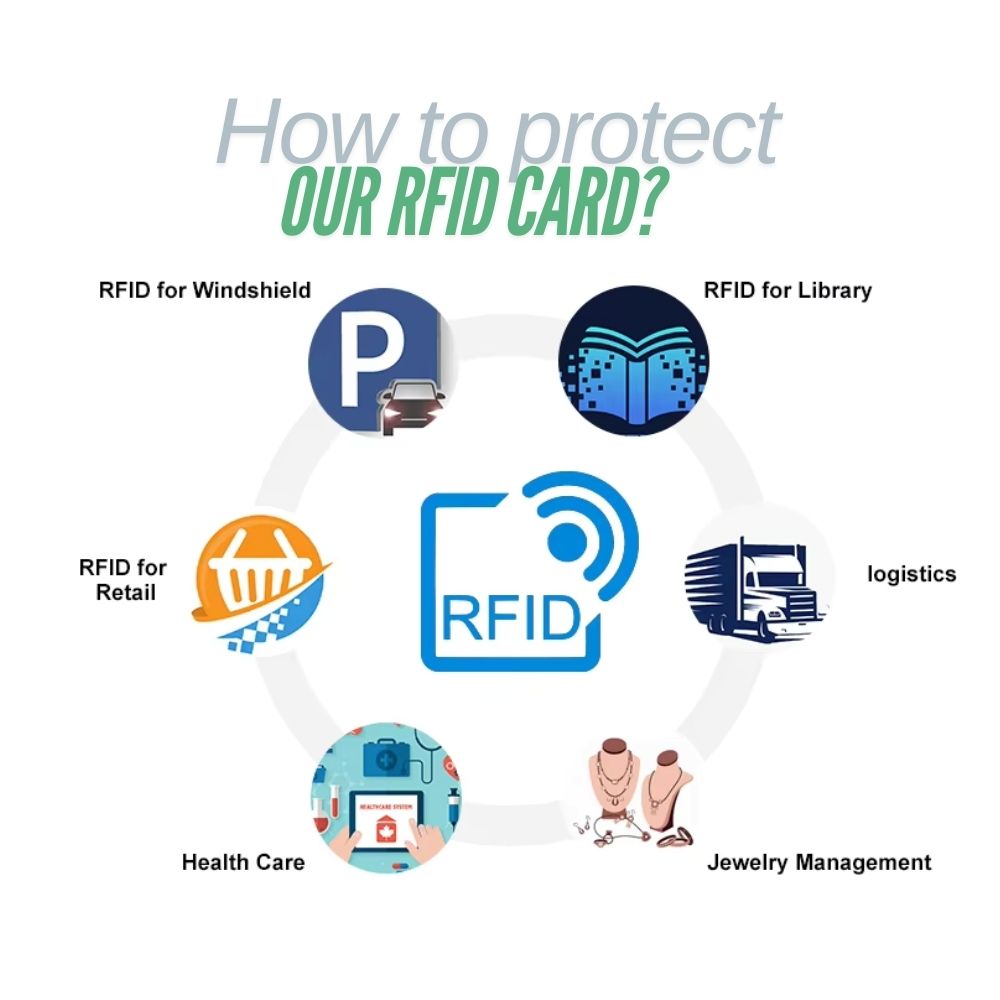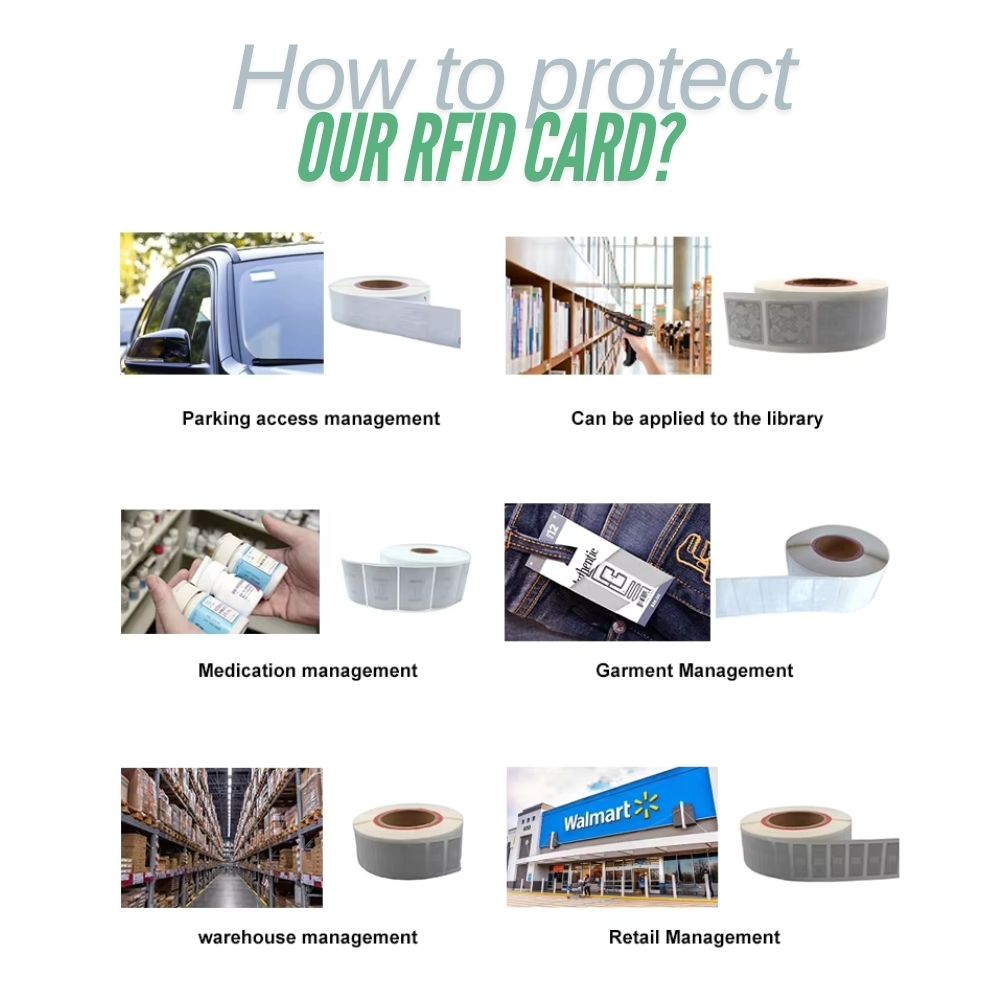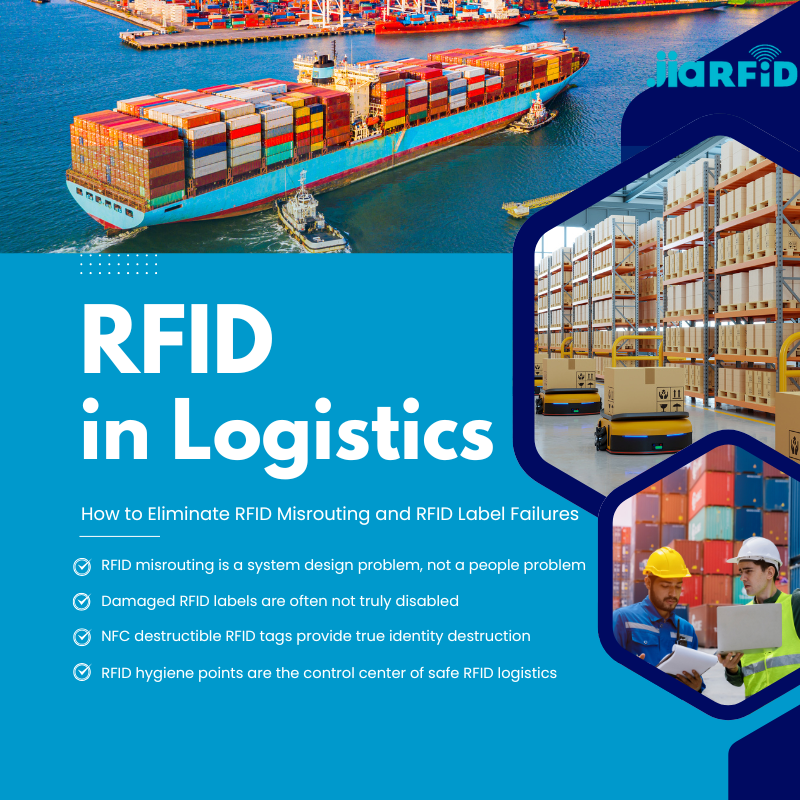
How to Protect our RFID card?
Table of Contents
The Ultimate Guide to RFID Card Blocking: Protect Your Digital Identity in 2024
This comprehensive guide explores RFID blocking technology, its importance, and the most effective ways to shield your cards and personal data from potential threats. Whether you’re a tech enthusiast or simply concerned about your financial security, this article will provide you with essential knowledge and practical solutions.

What is RFID Card Technology and why should you care?
RFID Card technology has revolutionized how we make payments and access secure areas. Operating through electromagnetic waves, RFID systems enable contactless transactions and data transmission between cards and readers. While convenient, this technology also presents potential security risks that shouldn’t be ignored.Modern credit cards, passports, and access cards commonly use RFID or NFC technology to transmit data wirelessly. Operating at frequencies like 13.56 MHz for high-frequency applications, these systems have become integral to our daily lives.
How Do RFID Skimmers Steal Your Information?
Criminals can use RFID Card scanners to skim personal information from unsuspecting victims. These skimmers can potentially read card data from several centimeters away, making it possible for thieves to steal your card information without physical contact.A hacker might try to use a powerful RFID reader to capture data stored within your cards while passing by in crowded places. This form of electronic pickpocketing has become increasingly sophisticated with new technology.
The Science Behind RFID Blocking
RFID Card blocking works by creating an electromagnetic shield around your cards, preventing unauthorized scanning. This technology uses special fabric or materials that jam radio waves and block RFID signals from reaching your cards. The blocking mechanism relies on the Faraday cage principle, where electromagnetic signals are intercepted and dispersed before they can reach the RFID microchip in your cards.
What Are Your Options for RFID Card Protection?
- RFID Blocking Wallets
- Premium leather options
- Slim wallet designs
- Multi-card protection
- RFID Blocking Cards
- Single-card solutions
- Whole wallet protection
- Battery-free operation
- Specialized Sleeves
- Individual card protection
- Passport covers
- Budget-friendly options
Step-by-Step Guide to Securing Your Cards
Step 1: Assess Your Needs
- Identify which cards have RFID capabilities
- Determine the level of protection required
- Consider your usage patterns
Step 2: Choose Protection Method
- Select appropriate blocking solutions
- Implement multiple layers of security
- Regular testing of protection effectiveness

Frequently Asked Questions
How do I know if my cards need RFID protection?
Look for the contactless payment symbol on your cards. Most modern debit and credit cards use RFID technology for tap-to-pay functionality.
Can aluminum foil really block RFID signals?
While aluminum foil can provide some protection, it’s not as reliable or durable as purpose-built RFID blocking products.
How often should I replace my RFID blocking wallet?
Quality RFID blocking wallets typically last 3-5 years, but should be replaced if you notice any damage to the protective lining.
What distance can RFID skimmers work from?
Most consumer-grade RFID readers work within 10 centimeters, but high-powered scanners can potentially read from greater distances.
Comments
Hot Products

RFID in Logistics: How to Eliminate RFID Misrouting and RFID Label Failures
RFID in logistics is more than just a tool to speed up processes. It has become a key part of how modern supply chains operate.

What Is RFID Waste Management
Imagine a city where every trash bin speaks — not literally — but through a tiny chip that tells the system when it’s full, when it’s emptied, and where it went. That’s what RFID waste management is doing today.

What are Bolt Seals and their Applications? | Complete Guide
In global trade and logistics, bolt seals play a crucial role in ensuring cargo security and compliance. These small but powerful devices are designed to lock shipping containers, trailers, and cargo doors with a tamper-evident mechanism.

What is an RFID Card Protector? Benefits, Use Cases, and Buying Guide
RFID technology (Radio Frequency Identification) is everywhere: in your credit cards, ID badges, transit passes, hotel room keys, and more. It offers speed and convenience, but it also opens the door to a new kind of digital theft called “skimming.” That’s where an RFID card protector comes in.

RFID Wristbands for Events: Bulk Buying Guide for Organizers
RFID wristbands for events are becoming the go-to solution for organizers who need faster entry, fraud prevention, and cashless payments at concerts, festivals, and sports venues. Unlike paper tickets or QR codes, these smart wristbands use embedded chips to streamline access, secure transactions, and improve the guest experience.

How RFID Tag on Windscreen Improves Vehicle Access Control and Toll Systems
In today’s fast-paced world, vehicle identification needs to be quick, secure, and contactless. An RFID Tag on the Windscreen provides exactly that — a reliable way to manage toll collection, parking, and gated access without stopping vehicles.
Tags
RELATED BLOGS

RFID in Logistics: How to Eliminate RFID Misrouting and RFID Label Failures
RFID in logistics is more than just a tool to speed up processes. It has become a key part of how modern supply chains operate.

What Is RFID Waste Management
Imagine a city where every trash bin speaks — not literally — but through a tiny chip that tells the system when it’s full, when it’s emptied, and where it went. That’s what RFID waste management is doing today.

What are Bolt Seals and their Applications? | Complete Guide
In global trade and logistics, bolt seals play a crucial role in ensuring cargo security and compliance. These small but powerful devices are designed to lock shipping containers, trailers, and cargo doors with a tamper-evident mechanism.




